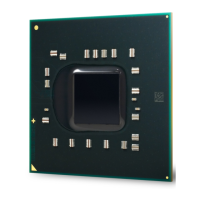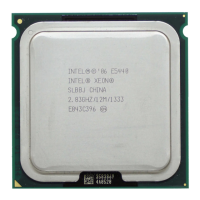

Do you have a question about the Intel Pentium 4 and is the answer not in the manual?
| Architecture | x86 |
|---|---|
| Core Count | 1 |
| Microarchitecture | NetBurst |
| Manufacturer | Intel |
| Core Names | Willamette, Northwood, Prescott, Cedar Mill |
| Virtualization Technology | No |
| Release Date | November 20, 2000 |
| Clock Speed | 1.3 GHz to 3.8 GHz |
| FSB Speed | 400 MHz to 1066 MHz |
| Socket | Socket 423, Socket 478, LGA 775 |
| Introduced | 2000 |
| Product Line | Pentium |
| Front Side Bus | 400 MHz to 1066 MHz |
| Hyper-Threading | Yes (Prescott and later) |
| 64-bit Support | Yes (Prescott and later) |
| Instruction Set | MMX, SSE, SSE2, SSE3 |
| Discontinued | 2008 |
| Process Technology | 180 nm, 130 nm, 90 nm, 65 nm |
| L2 Cache | 256 KB, 512 KB, 1 MB, 2 MB |
| Lithography | 180 nm, 130 nm, 90 nm, 65 nm |
| L1 Cache | 8 KB |











